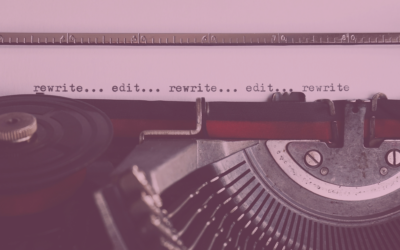Importance of a Well-Structured Newsletter
We all know what it’s like to open an inbox flooded with emails, right? A well-structured newsletter can make all the difference when it comes to grabbing attention and keeping your readers engaged. If your email is easy to follow, visually appealing, and offers relevant content, your audience is much more likely to take action. A clear, organized newsletter makes it easier for your readers to connect with your message—and that’s the ultimate goal.
Key Components of Newsletter Structure
So, what makes a newsletter effective? Let’s break down the key elements of a strong newsletter structure:
- Content Planning: Knowing exactly what you want to communicate before diving into design.
- Design and Layout: Creating a clean, easy-to-read format that highlights the most important information.
- Audience Segmentation: Tailoring your content to different groups for better relevance.
- Call-to-Actions: Giving clear instructions for what your readers should do next.
Let’s explore each one in a bit more detail.
Content Planning
The first step is to finalize your content plan. Ask yourself: what’s the main takeaway I want my readers to get from this newsletter? Whether you’re promoting a product, sharing industry news, or offering helpful tips, it’s important to plan the content around your goals. A well-thought-out content plan helps make sure you’re delivering value, not just filling up space in someone’s inbox.
Design and Layout
Once your content is set, it’s time to think about the design. The layout should be simple, easy to navigate, and visually engaging. Use headings, bullet points, and images to break up large blocks of text. Keep in mind that your readers should be able to skim through the newsletter and quickly pick up on the key points. A clutter-free design helps guide them to the most important information.
Audience Segmentation
Not all subscribers are looking for the same thing. That’s where segmentation comes in. By dividing your audience into different groups based on their preferences, behavior, or demographics, you can deliver more personalized content. For example, you might send one type of content to first-time subscribers and another to long-term customers. This tailored approach makes your emails more relevant and engaging.
Call-to-Actions
Every newsletter should have a clear call-to-action (CTA). Whether you want your readers to click a link, sign up for an event, or make a purchase, your CTA needs to stand out and be easy to understand. Make sure it’s clear, concise, and placed in a prominent spot so your readers know exactly what to do next.
Best Practices for Newsletter Structure
Now that we’ve covered the essentials, let’s look at some best practices that can help take your newsletter to the next level.
Consistent Branding
Your newsletter should reflect your brand’s identity, from the colors and fonts to the overall tone of your messaging. Consistency is key—it helps build brand recognition and trust with your audience. When your readers see a cohesive design across all your communications, it strengthens their connection to your brand.
Mobile Responsiveness
With so many people checking their emails on their phones, mobile responsiveness is non-negotiable. Make sure your newsletter looks great on any device by testing how it displays on smaller screens. This means using a layout that adjusts automatically, larger fonts, and buttons that are easy to tap. A seamless mobile experience ensures your readers can engage with your content no matter where they are.
Personalization
Adding a personal touch to your newsletters can go a long way in building relationships with your audience. Whether it’s addressing the reader by name or customizing the content based on their interests, personalization makes your emails feel more relevant. Personalized emails are more likely to be opened and acted upon because they speak directly to the recipient’s needs and preferences.
A/B Testing
A/B testing is one of the most effective ways to refine your newsletter structure. Testing different elements like subject lines, layouts, or CTAs can help you track what resonates most with your audience. This data-driven approach helps you continuously improve your emails based on real results.
Tools for Creating and Managing Newsletter Structure
There are plenty of tools out there that can help you design, manage, and optimize your newsletters. Here are some that can make the process easier.
Email Marketing Platforms
Platforms like MailChimp, Constant Contact, and Sendinblue are widely used for creating and sending newsletters. These tools offer templates, automation features, and analytics that make it simple to manage your email campaigns from start to finish.
Design Tools
For those looking to elevate the visual appeal of their newsletters, tools like Canva and Adobe Spark are great options. Both offer easy-to-use design features that help you create professional-looking emails without needing advanced design skills.
Analytics Platforms
Tracking the performance of your newsletters is essential to improving future campaigns. Platforms like Google Analytics, HubSpot, and Litmus allow you to monitor open rates, click-through rates, and other key metrics. This data gives you insights into what’s working and what can be improved.
Conclusion
A well-structured newsletter can be a great way to engage with your audience and drive results. By focusing on thoughtful content planning, clear design, and strategic segmentation, you can create emails that capture the reader’s attention and inspire action. As you move forward, keep testing and refining your approach to stay ahead of trends and deliver the best possible experience to your readers. Good luck with your next newsletter!



